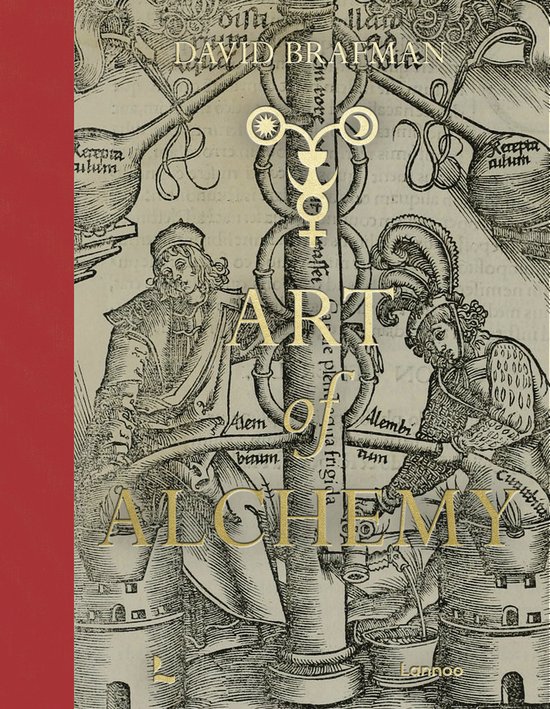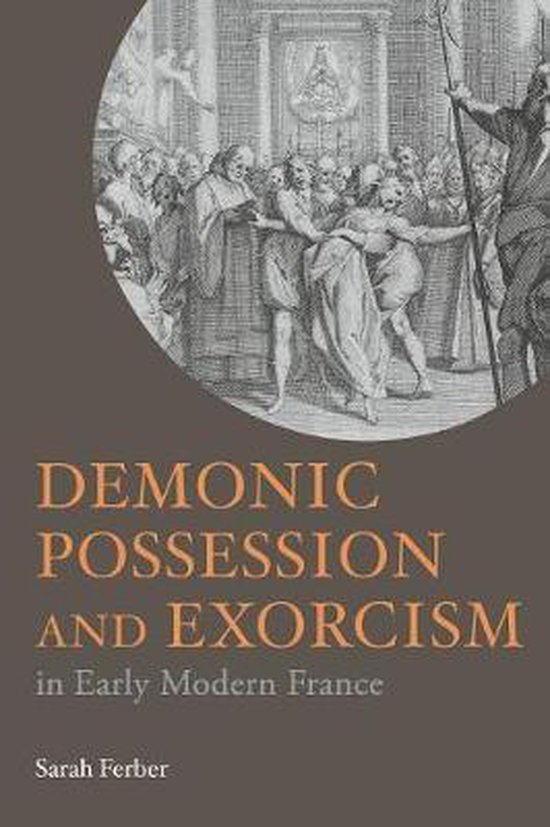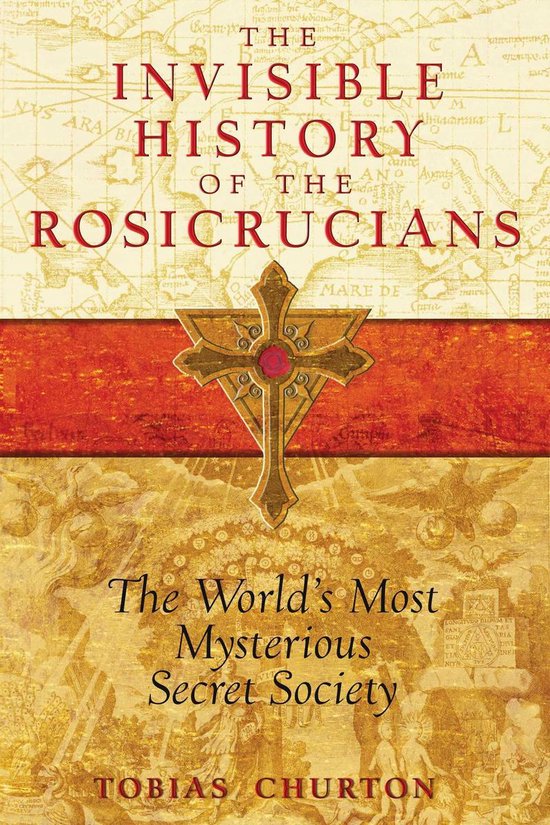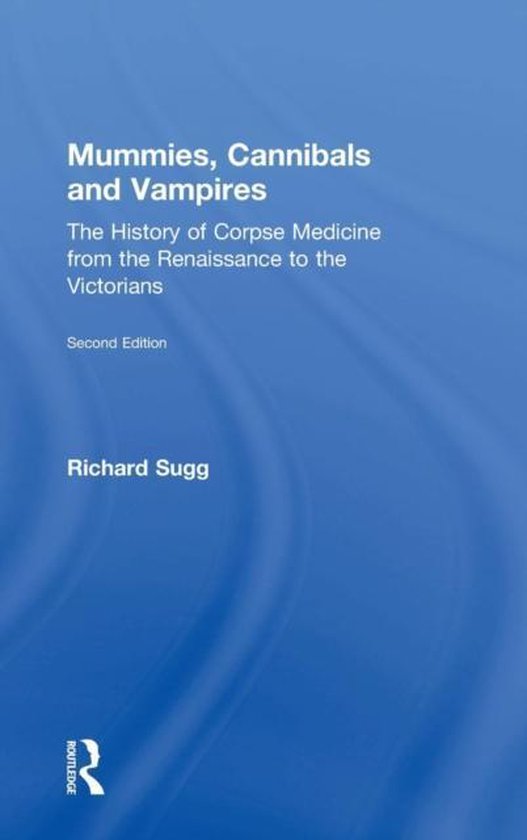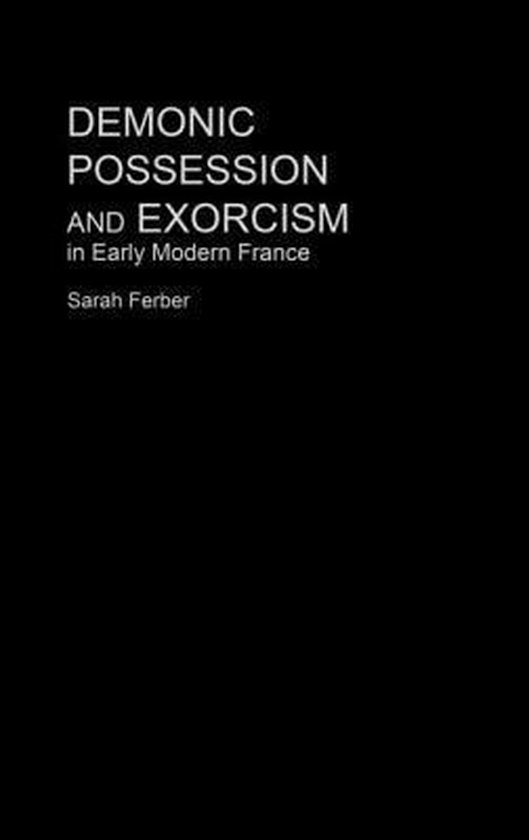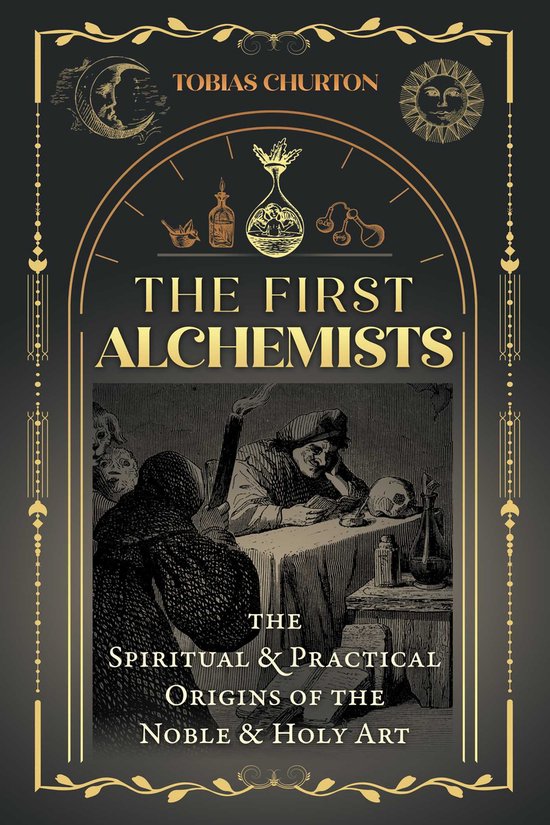
The First Alchemists
Explores the origins and practices of early alchemy
Explores the origins and practices of early alchemy.
Investigating the origins of alchemy and the legend of the Philosopher’s Stone, Tobias Churton explores the oldest surviving alchemical texts, the original purpose of the “Royal Art,” and the first alchemists themselves. He reveals the theories and philosophies behind the art and how early apparatus and methods were employed by alchemists through the ages.
Showing how women dominated early alchemy, Churton looks at the first known alchemist, the Jewess Maria the Prophetess, inventor of the bain marie, still in use worldwide today. He also looks at early alchemist Cleopatra (not the well-known Egyptian queen) and 3rd–4th century Egyptian female artisan Theosebeia, who had a guild of adepts working under her. He examines in depth the work of Zosimos of Panopolis and shows how Zosimos’s historic work inspired the medieval view of alchemy as an initiatory path whose stages follow the transmutation of base metals into gold.
Exploring the latest research on early practices in Upper Egypt, the author discusses the political and industrial realities facing the first alchemists. He examines the late antique “Stockholm” and “Leiden” papyri, which offer detailed knowledge of the first known Greco-Egyptian chemical recipes for gold and silver dyes for metal and stone, and purple dyes for wool. He emphasizes how changing color in early alchemy was misinterpreted to imply transmutation of one metal into another. He reveals how the alchemical secrets for working with the “living statues” of the Egyptian temples was jealously guarded by the priesthood and how secrecy helped to reinforce beliefs that alchemical knowledge came from forbidden, celestial sources. He also investigates the mysterious relation between alchemy, spiritual gnosis, Hermeticism, and the Book of Enoch.
Revealing the hidden legacy of the early alchemists, Churton shows how their secret workings provided a transmission line for ancient heretical doctrines to survive into the Renaissance and beyond.
Explores the origins and practices of early alchemy.
Investigating the origins of alchemy and the legend of the Philosopher’s Stone, Tobias Churton explores the oldest surviving alchemical texts, the original purpose of the “Royal Art,” and the first alchemists themselves. He reveals the theories and philosophies behind the art and how early apparatus and methods were employed by alchemists through the ages.
Showing how women dominated early alchemy, Churton looks at the first known alchemist, the Jewess Maria the Prophetess, inventor of the bain marie, still in use worldwide today. He also looks at early alchemist Cleopatra (not the well-known Egyptian queen) and 3rd–4th century Egyptian female artisan Theosebeia, who had a guild of adepts working under her. He examines in depth the work of Zosimos of Panopolis and shows how Zosimos’s historic work inspired the medieval view of alchemy as an initiatory path whose stages follow the transmutation of base metals into gold.
Exploring the latest research on early practices in Upper Egypt, the author discusses the political and industrial realities facing the first alchemists. He examines the late antique “Stockholm” and “Leiden” papyri, which offer detailed knowledge of the first known Greco-Egyptian chemical recipes for gold and silver dyes for metal and stone, and purple dyes for wool. He emphasizes how changing color in early alchemy was misinterpreted to imply transmutation of one metal into another. He reveals how the alchemical secrets for working with the “living statues” of the Egyptian temples was jealously guarded by the priesthood and how secrecy helped to reinforce beliefs that alchemical knowledge came from forbidden, celestial sources. He also investigates the mysterious relation between alchemy, spiritual gnosis, Hermeticism, and the Book of Enoch.
Revealing the hidden legacy of the early alchemists, Churton shows how their secret workings provided a transmission line for ancient heretical doctrines to survive into the Renaissance and beyond.
| Auteur | | Tobias Churton |
| Taal | | Engels |
| Type | | Paperback |
| Categorie | | Religie, Spiritualiteit & Filosofie |
